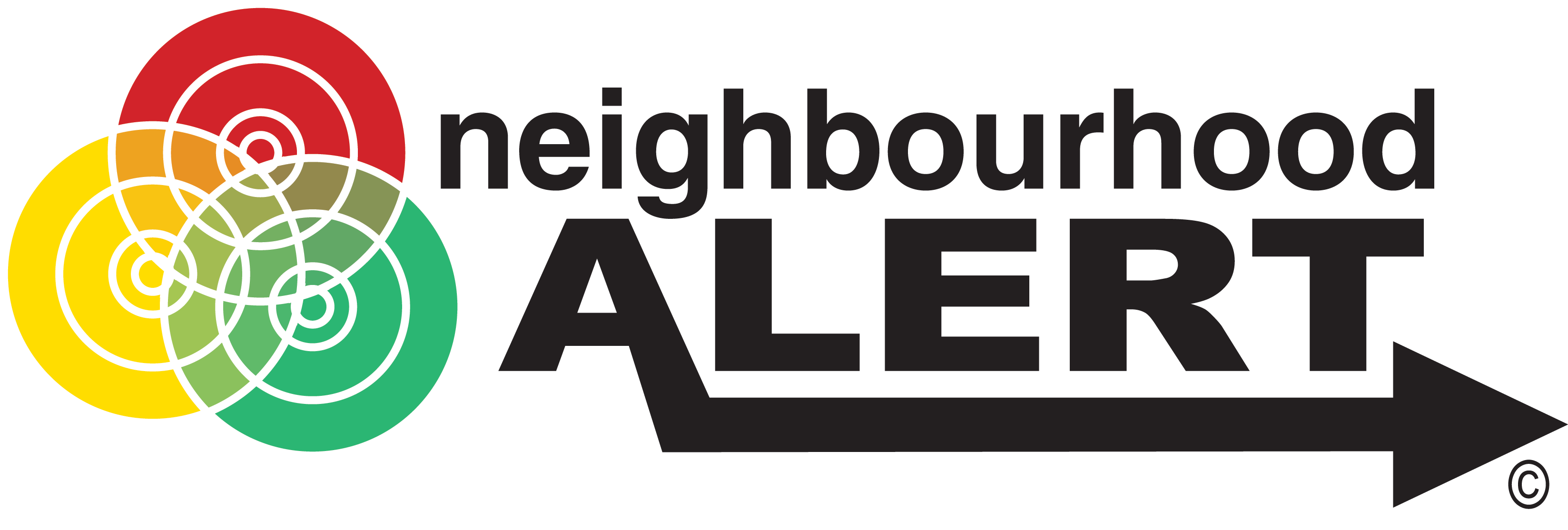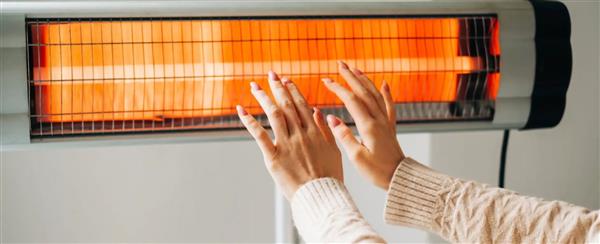|
With the arrival of cold weather, we all want to keep our homes warm and cozy. But with heating equipment being a leading cause of house fires in Lancashire over winter, it’s essential to prioritise your safety. The good news? A few simple precautions can help you enjoy the season without worry. In this room-by-room guide, we’ll walk through the most common heating risks and how to address them, to help you stay safe and warm this winter. Living Room The living room is often where families gather during winter, making it a prime location for heating appliances and fireplaces. Fireplace Safety: If you have a fireplace, ensure its cleaned and inspected annually by a professional. Creosote buildup in chimneys can ignite and cause dangerous fires. Use a sturdy screen or glass door to keep embers from escaping onto rugs or furniture.Portable Heaters: Keep portable heaters at least three feet away from flammable materials like curtains and furniture. Always opt for models with automatic shut-off features in case they tip over.Candles: While candles create ambiance, they’re also a fire hazard. Use flameless LED candles as a safer alternative, or never leave traditional candles burning unattended.
Bedroom Keeping bedrooms warm is a must for restful sleep, but it’s crucial to do so safely. Electric Blankets and Heating Pads: Check for frayed wires or old, worn-out products. Never fold or bunch electric blankets, as this can cause overheating. Turn them off before falling asleep.Space Heater Placement: If you use a space heater, place it on a hard, flat surface away from beds, pillows, or curtains. Never run extension cords to power these devices; plug them directly into the wall.Smoke Detectors: Install smoke alarms in or near bedrooms and test them monthly. These simple devices save lives by providing early warnings in case of a fire.Have a Fire Escape Plan: Prepare and practice an escape route with your family so everyone knows what to do in an emergency.
Kitchen The kitchen may seem warm and inviting, but using cooking appliances as heat sources is a dangerous mistake. Ovens Are Not Heaters: Never use your oven to heat your home. Not only is it inefficient, but it can also lead to carbon monoxide buildup or even fires.Ventilation: Make sure your kitchen is well-ventilated if you’re using gas appliances. Check that extractor fans and vents are clear and functioning properly.Portable Heaters: If you use a heater in the kitchen, ensure its placed far away from water sources to avoid electrical hazards.
Bathroom Bathrooms are often chilly in winter, leading many to use portable heaters for extra warmth. While this can be effective, it requires caution. Heaters and Water: Water and electricity don’t mix. Keep portable heaters far from baths, sinks, or showers, and only use devices specifically rated for bathroom use.Ventilation Fans: Use bathroom fans to reduce moisture buildup, which can damage heating appliances or lead to electrical hazards over time.
Utility Room Your home’s heating system likely resides in boiler cupboard or utility area. Keeping this space safe is critical for your entire household. Boiler Maintenance: Schedule an annual service for your boiler to ensure it’s running efficiently and safely. Carbon Monoxide Detectors: Place CO detectors in the same room as your boiler, as malfunctioning heating systems are a leading cause of carbon monoxide poisoning. If you have any concerns about fire safety in your home, you can register for a FREE Home Fire Safety Check. During a Home Fire Safety Check, our officers will assess your home and advise you on how to reduce any risks. They will make sure you have a working smoke alarm fitted that you know how to test and maintain, and help you put together an escape plan in case a fire breaks out in the future. |






